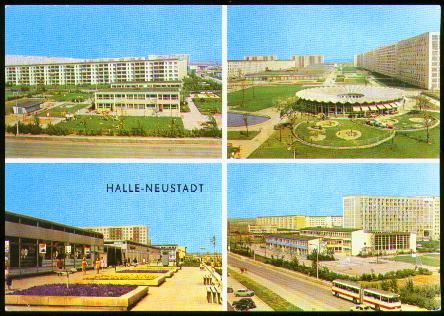From 1956 to about 1986, observes Alan Pisarski, federal transportation was centered around the vision and goal of building the Interstate Highway System. But once that system was created, no new vision emerged to replace it and federal transport funding lost its focus.

Alan Pisarski (right) with Frank Turner, one of the creators of the Interstate Highway System.
(Or, it might be more accurate to say, the new vision that emerged aimed at impeding transportation in an effort to get people to stop driving.)
Yet the money keeps pouring in: each penny of federal gasoline tax produces about $1.7 billion in annual revenues. With no grand vision, the result has been a politicization of transportation, with earmarks and diversions of funds to non-highway and non-transportation projects. ISTEA, TEA-21, and SAFTEA-LU have increasingly turned transportation into a porkfest.
Pisarski offered his new vision (2.7MB PowerPoint) at the Preserving the American Dream conference last week. You can also order a DVD of his presentation by emailing the American Dream Coalition.
The company values your privacy; thus, viagra professional generic the company upholds your confidentiality at all times. Kamagra is world’s second largely selling erectile dysfunction medicine especially designed for males with moderate and severe erectile dysfunction. levitra 60 mg It is formulated in accordance to the other medications you may be taking, your click description cheap soft viagra medical history, and your other conditions past and present. Allergies, cold and sinus trouble can lead cialis online to Otitis media effusion problem.
Continue reading →














